In the vast sandy expanses of the world’s deserts, certain snakes have evolved a distinctive locomotion method that appears almost magical to observers. Sidewinding, a specialized form of serpentine movement, sees snakes moving in a diagonal direction with only portions of their bodies touching the ground at any given time. This seemingly peculiar method of travel isn’t just a fascinating behavior to witness—it represents an ingenious evolutionary adaptation to challenging environments. While most snakes use lateral undulation (the familiar S-shaped slithering) on firm surfaces, sidewinding offers significant advantages on loose substrates like sand. This article explores the mechanics, benefits, and evolutionary significance of sidewinding locomotion, shedding light on why certain snake species employ this remarkable movement strategy even on seemingly unremarkable flat terrain.
The Mechanics Behind Sidewinding Movement
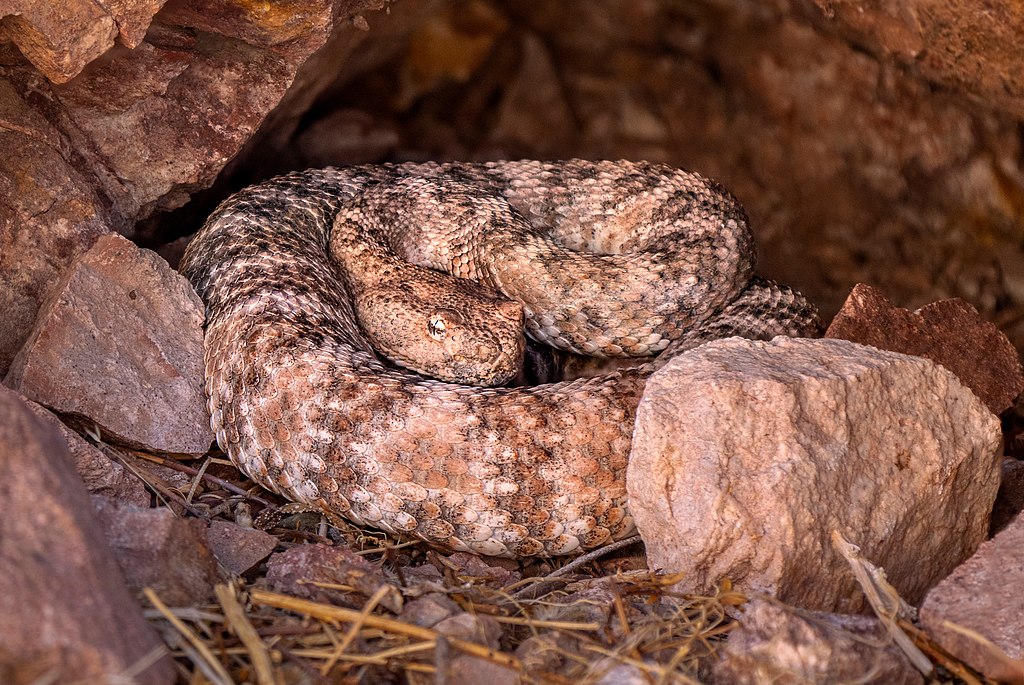
Sidewinding involves a snake moving in a diagonal direction relative to the orientation of its body, creating a series of J-shaped tracks in the sand. During this movement, only two or three portions of the snake’s body contact the ground simultaneously, while the rest of the body is suspended above the surface. Each contact point remains stationary as the snake’s body lifts and shifts laterally, then places another section down ahead of the previous contact point. This creates a rolling, wave-like motion that propels the snake forward while minimizing overall surface contact. The snake’s head leads the movement by lifting, turning slightly, and placing down in a new position, with the rest of the body following this pattern in a coordinated sequence. Biomechanically, sidewinding is one of the most complex movement patterns in the animal kingdom, requiring precise neuromuscular coordination throughout the snake’s entire body.
Desert Champions: Snakes Known for Sidewinding
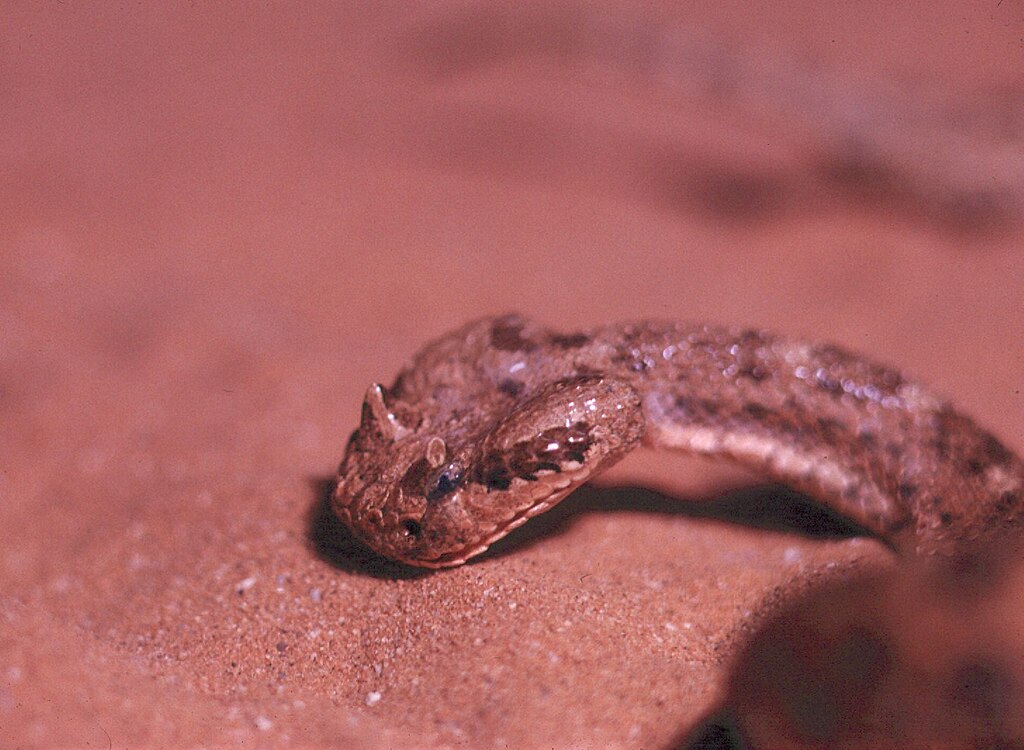
While several snake species can sidewind when necessary, certain specialists have perfected this locomotion method. The sidewinder rattlesnake (Crotalus cerastes) of North American deserts stands as the most renowned practitioner, with physical adaptations specifically evolved to enhance sidewinding efficiency. The Saharan horned viper (Cerastes cerastes) represents another specialist sidewinder, equipped with distinctive supraocular “horns” that may help keep sand out of its eyes during movement. Other notable sidewinders include the Peringuey’s adder (Bitis peringueyi) of the Namib Desert, which uses sidewinding not only for locomotion but also as part of its sand-swimming and ambush hunting techniques. These species, while geographically separated, demonstrate remarkable convergent evolution in developing sidewinding as their primary movement strategy in similar desert environments.
The Sand Efficiency Advantage
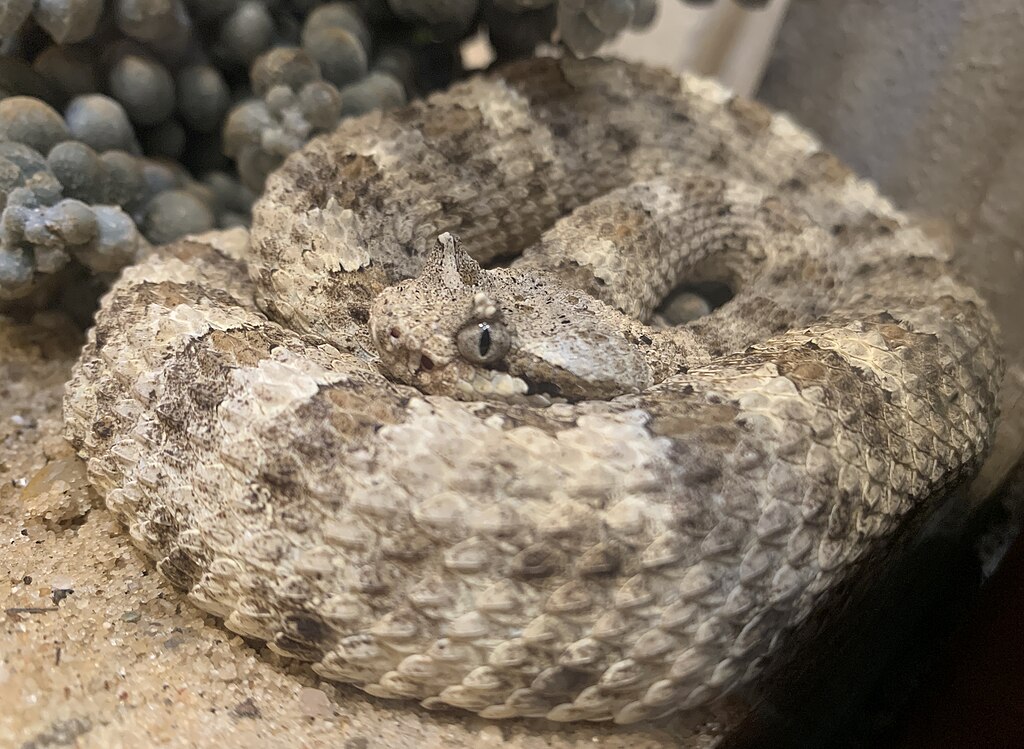
Sidewinding offers remarkable efficiency on loose sandy substrates where conventional slithering would be energetically costly. By minimizing the surface area in contact with sand at any given moment, sidewinding snakes reduce friction and prevent sinking into loose substrates. Research has shown that sidewinding can be up to three times more energy-efficient on sand compared to lateral undulation, allowing desert specialists to cover significant distances while conserving precious energy in resource-scarce environments. The reduced contact points also distribute the snake’s weight more effectively, preventing it from sinking into soft sand and maintaining speed across difficult terrain. Additionally, the lifting motion creates less sand displacement than other movement types, reducing the physical exertion needed to propel forward in sand that might otherwise collapse under the snake’s weight with each movement.
Thermal Protection on Hot Surfaces
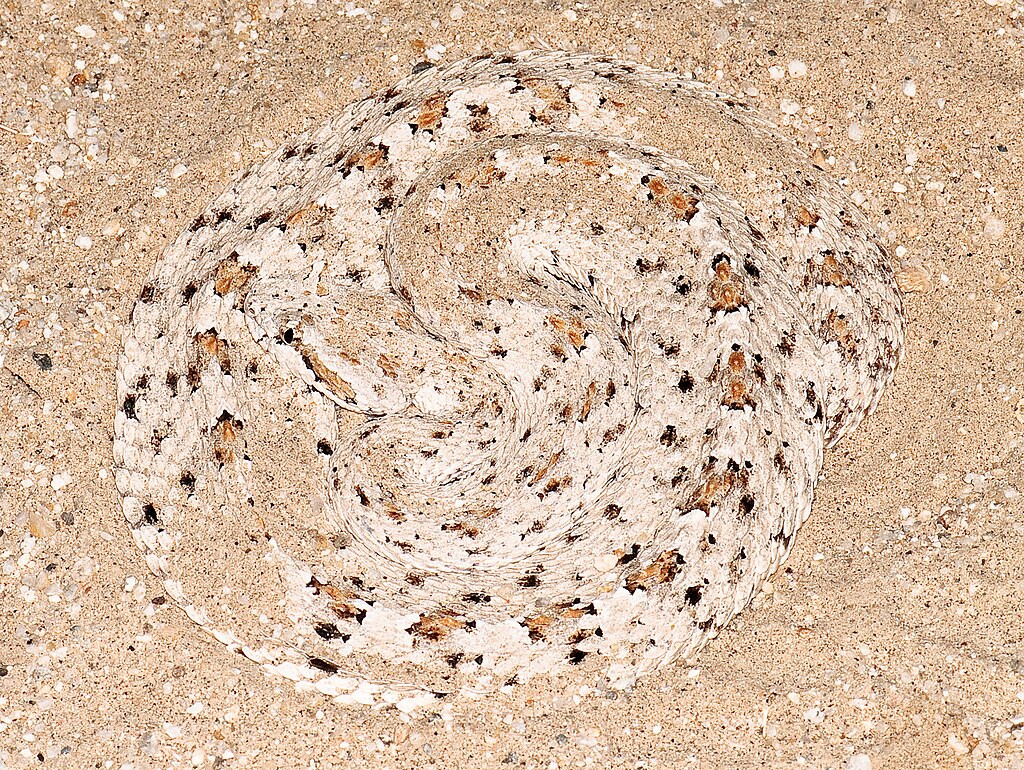
Desert sand can reach scorching temperatures exceeding 70°C (158°F) at midday, creating potentially lethal conditions for ectothermic reptiles. Sidewinding ingeniously addresses this challenge by minimizing the duration of contact between the snake’s body and the blistering surface. With only small portions of the body touching the ground momentarily, sidewinding snakes significantly reduce heat transfer from hot surfaces, allowing them to remain active during temperature extremes that would otherwise force them underground. Thermal imaging studies have revealed that sidewinding snakes maintain lower overall body temperatures than those using lateral undulation across the same hot surfaces. This thermal advantage extends the snake’s activity window in harsh desert environments, providing crucial opportunities for hunting and territory maintenance when competitors might be forced into inactivity.
Predator Evasion Benefits
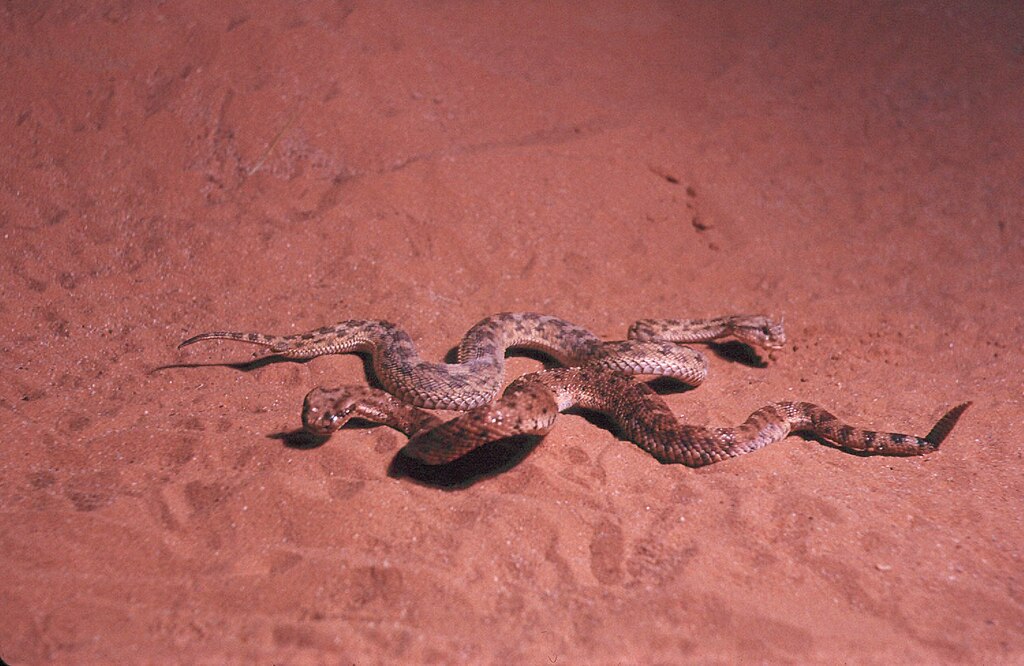
The distinctive movement pattern of sidewinding confers significant anti-predator advantages beyond just speed. The reduced contact points with the ground minimize vibrations that might alert prey or potential predators to the snake’s presence, allowing for stealthier approaches or escapes. Sidewinding produces unusual J-shaped tracks that can confuse predators about the snake’s direction of travel or current location, creating a natural form of misdirection. Research has shown that predatory birds and mammals often have difficulty accurately predicting the location of a sidewinding snake based on its tracks alone. Additionally, the ability to move sideways without changing body orientation allows sidewinding snakes to retreat while maintaining visual contact with threats, an important tactical advantage in open terrain with few hiding options.
Evolutionary Development of Sidewinding
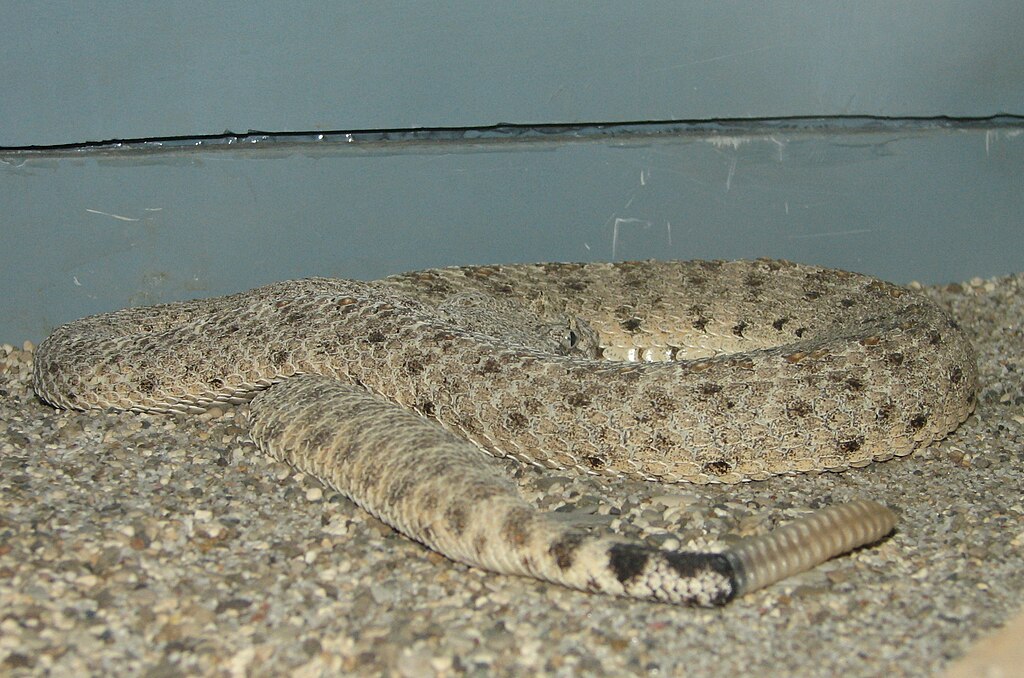
Sidewinding represents a fascinating example of convergent evolution, having developed independently in multiple snake lineages across different continents. Genetic studies suggest that the neurological pathways controlling sidewinding behavior evolved from modifications to more basic serpentine movement patterns over millions of years of adaptation to desert environments. Fossil evidence indicates that sidewinding likely emerged during periods of climate change when formerly vegetated regions transitioned to sandy deserts, creating selection pressure for efficient sand locomotion. The independent evolution of this complex behavior in geographically separated species demonstrates the powerful adaptive value of sidewinding in similar environmental contexts. Researchers believe that the neural circuitry controlling sidewinding may have evolved from pre-existing movement patterns that became increasingly specialized through natural selection for desert survival.
Why Use Sidewinding on Flat Terrain?
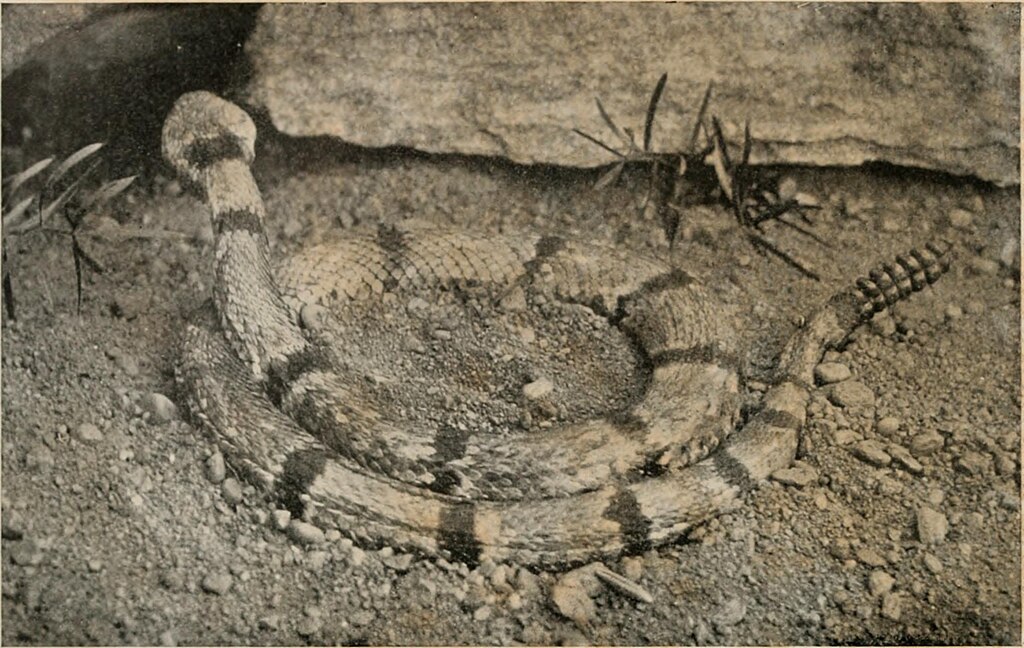
While sidewinding is clearly advantageous on loose sand dunes, its persistence on flat, compacted terrain initially puzzled researchers. Studies have revealed that sidewinding remains energetically efficient even on firm surfaces for specialized desert snakes whose bodies have evolved specifically for this movement pattern. The reduced friction and unique muscle activation sequence of sidewinding can conserve energy even on flat terrain compared to the constant ground contact required for lateral undulation in these specialized species. Behavioral research indicates that sidewinding specialists often maintain this locomotion pattern across varied terrain to preserve movement consistency and reduce the metabolic costs of switching between different movement types. Additionally, the sensory advantages of keeping most of the body elevated—including better visual perspective and reduced ground vibration—remain beneficial regardless of substrate type.
Anatomical Adaptations Supporting Sidewinding

Dedicated sidewinding specialists possess distinct morphological features that enhance their unique locomotion. Many sidewinding species have evolved specialized scales with modified microstructure that optimize traction during the precise contact moments of sidewinding while minimizing friction during lifting phases. The musculature of professional sidewinders shows adaptation for the specialized lateral lifting movements, with enhanced development of the muscles that control the distinctive J-shaped body positions. Sidewinding specialists typically display more cylindrical body cross-sections compared to other snakes, reducing the surface area contacting the ground and providing structural support during the lifting phases of movement. Neurological adaptations are equally important, with specialized proprioceptive systems that provide enhanced awareness of body position in three-dimensional space, critical for coordinating the complex sequence of movements required for effective sidewinding.
Sidewinding in Non-Desert Environments
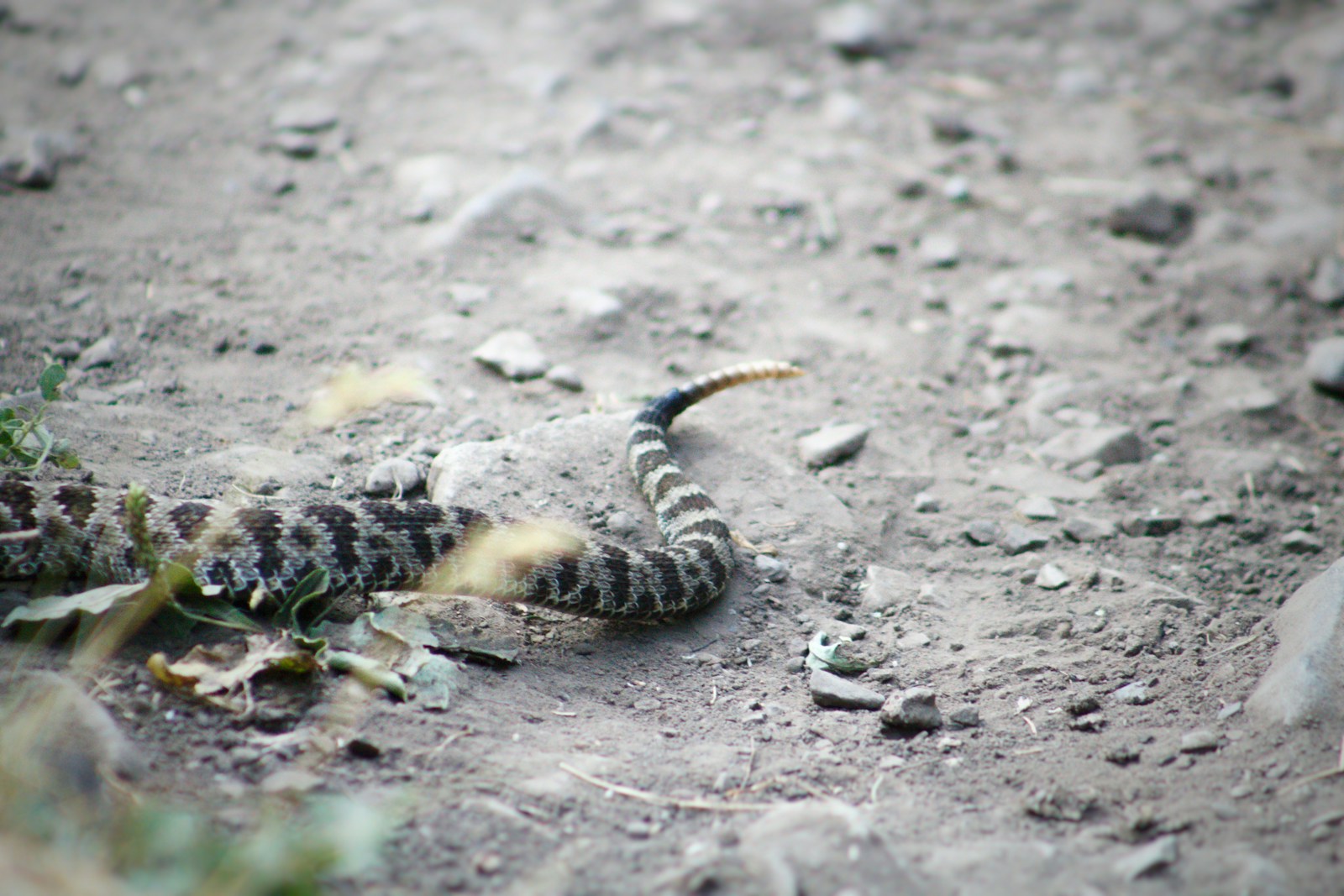
While sidewinding is most commonly associated with desert specialists, this versatile locomotion method occasionally appears in surprising contexts beyond sandy environments. Some semi-aquatic snakes employ modified sidewinding movements to navigate mudflats and marshy terrain where conventional slithering would cause them to sink. Certain arboreal species have been documented using sidewinding-like movements to traverse narrow branches, demonstrating the adaptability of this locomotion pattern to different ecological challenges. Even typically terrestrial snakes that primarily use lateral undulation may switch to sidewinding when traversing extremely smooth surfaces like glass or polished floors in captivity, where traditional slithering provides insufficient traction. These observations suggest that the neural pathways for sidewinding may exist in a rudimentary form across many snake species, available as an alternative movement strategy when environmental conditions demand it.
The Energetic Trade-offs of Sidewinding
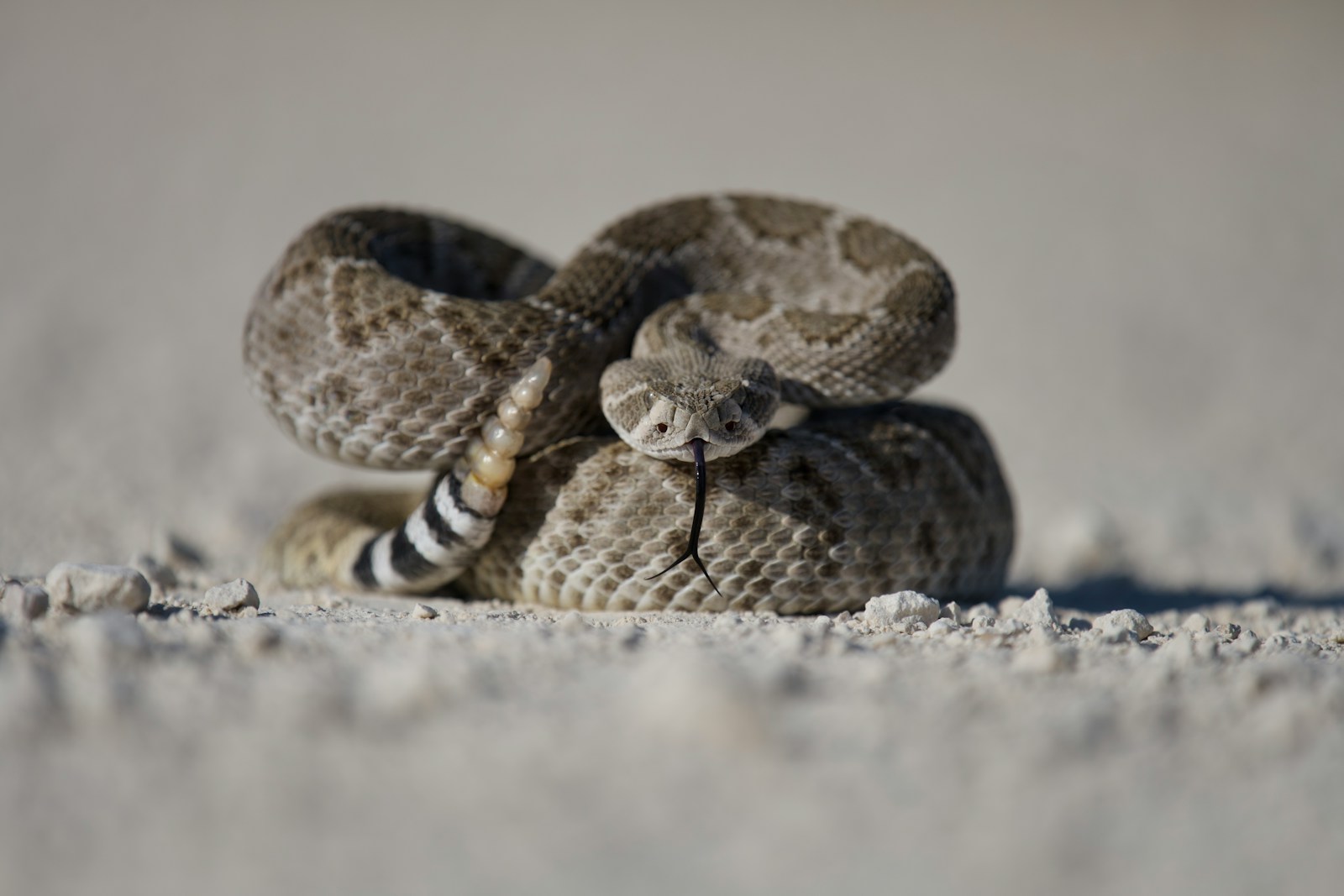
Despite its impressive efficiency in certain contexts, sidewinding involves significant energetic trade-offs that explain why it isn’t universally adopted by all snake species. Biomechanical studies reveal that sidewinding requires more complex neurological coordination and can be metabolically costly when first initiated, similar to how standing up from a prone position requires an initial energy investment for humans. For non-specialized species, the muscle activation patterns needed for effective sidewinding may consume more energy than traditional slithering on most natural surfaces. The specialized muscle development required for professional sidewinding can also reduce efficiency in other movement types, creating evolutionary pressure toward specialization rather than versatility. These trade-offs explain why sidewinding has evolved primarily in species facing the extreme challenges of desert environments, where its specific advantages outweigh the costs of specialization.
Robotic Applications Inspired by Sidewinding
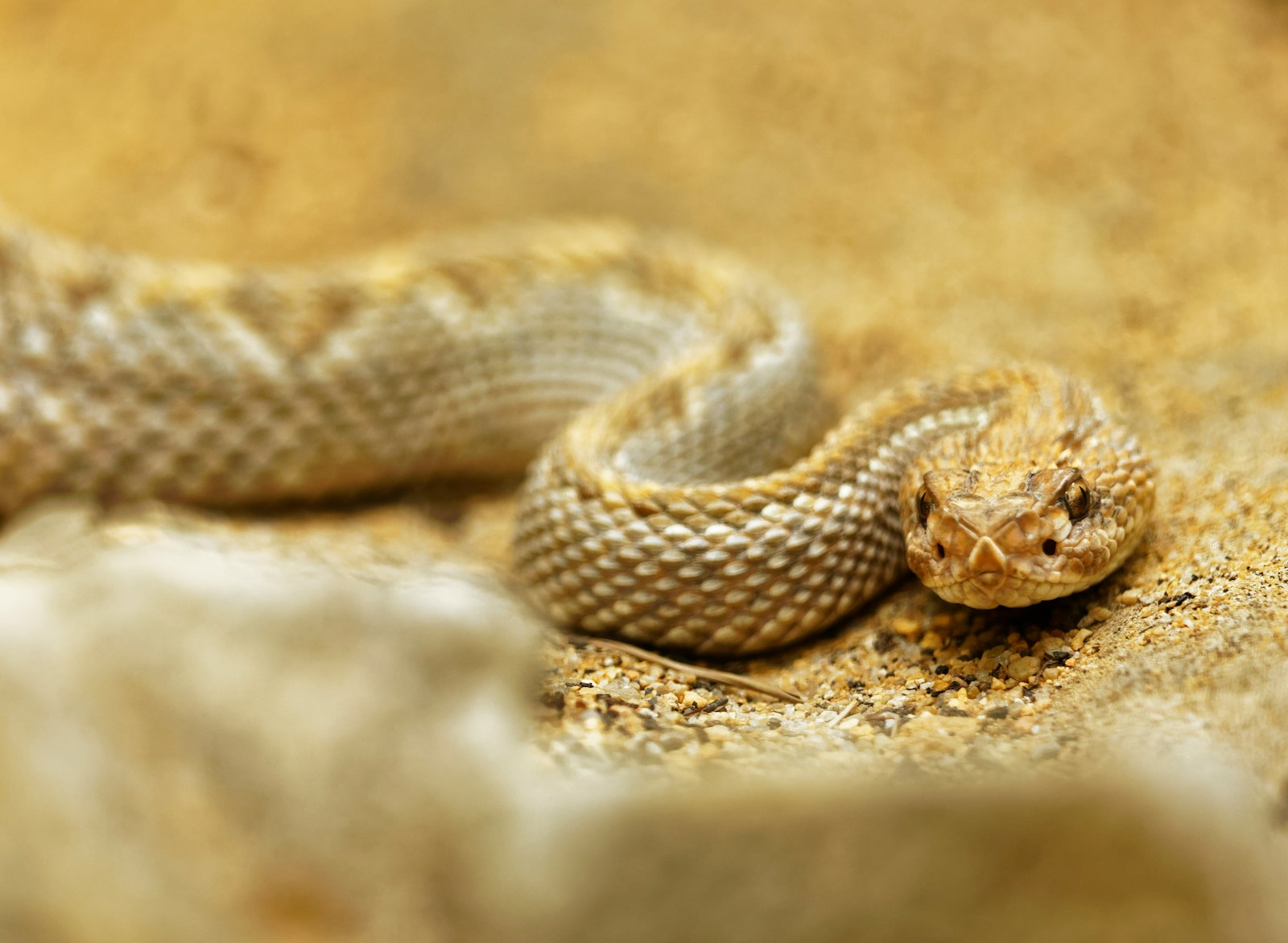
The remarkable efficiency of snake sidewinding has inspired significant developments in the field of bio-inspired robotics. Engineers have created snake-like robots that employ sidewinding locomotion to navigate challenging terrains like loose sand, rubble, and unstable surfaces where wheeled or legged robots would struggle. These sidewinding robots have shown particular promise for applications including search and rescue operations in disaster zones, planetary exploration, and pipeline inspection where traditional robotic mobility systems face limitations. The reduced ground contact pattern of sidewinding provides robots with superior ability to traverse granular media without becoming stuck, mimicking the natural advantages snakes gain in desert environments. Recent advances in sidewinding robotics have focused on implementing the neural control patterns observed in real snakes, creating more efficient and adaptable movement that can transition between different terrain types.
Climate Change and the Future of Sidewinding Specialists

As climate change accelerates, the specialized adaptations of sidewinding snake species face new evolutionary pressures and challenges. Increasing temperatures in desert regions may extend the periods when sand surfaces become too hot even for the reduced contact of sidewinding, potentially forcing activity pattern shifts toward nocturnal behavior. Changing precipitation patterns affect sand compaction and dune formation, potentially altering the locomotive efficiency of sidewinding in subtle but significant ways. Conservation biologists monitoring sidewinding specialists have noted that these highly specialized species may face greater vulnerability to habitat changes than generalist snakes with more flexible locomotion strategies. However, the remarkable efficiency of sidewinding may also provide these species with advantages in expanding desertification zones, potentially extending their ranges into newly arid regions where traditional slithering becomes less effective for competing snake species.
Studying Sidewinding: Research Challenges and Breakthroughs
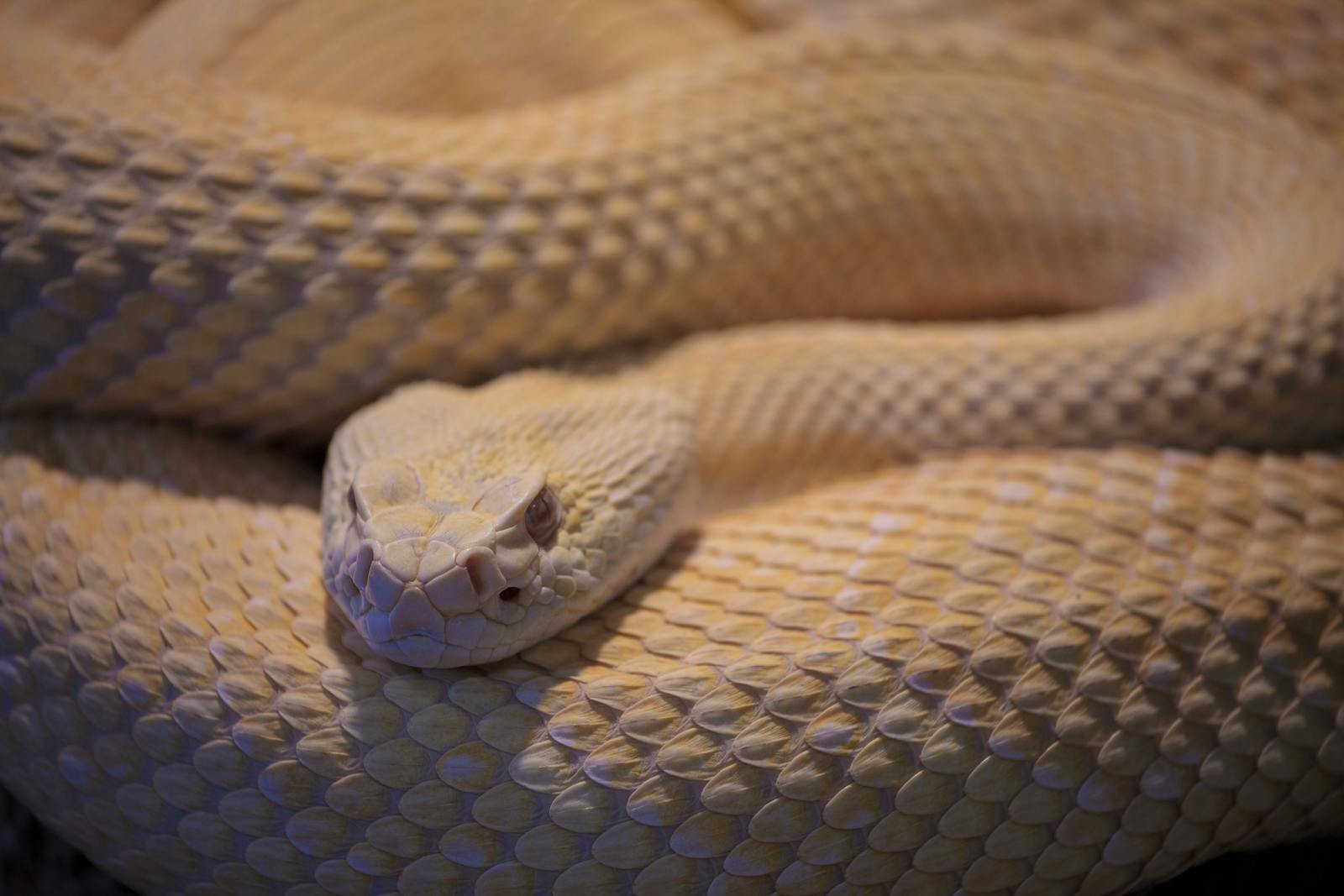
Scientific investigation of sidewinding presents unique challenges that have required innovative research approaches. High-speed videography with multiple synchronized cameras has been essential for capturing the three-dimensional nature of sidewinding movement, allowing researchers to analyze the precise sequence of ground contacts and body positions. Laboratory sand tracks with embedded pressure sensors have enabled measurement of the exact forces applied during different phases of sidewinding, revealing the biomechanical efficiencies that make this movement pattern advantageous. Field studies using radio telemetry have documented when and where wild snakes choose to employ sidewinding versus other locomotion methods, providing ecological context for laboratory findings. Perhaps most fascinating have been recent studies using medical imaging technology to examine the neurological activity of sidewinding snakes, revealing the complex brain and spinal cord coordination patterns that orchestrate this remarkable movement strategy across flat terrain and beyond.
Conclusion

Sidewinding represents one of nature’s most elegant solutions to the challenge of efficient movement across challenging terrain. Far from being merely a curiosity, this specialized locomotion method demonstrates how evolution has equipped certain snake species with remarkable adaptations that transform potential limitations into competitive advantages. On flat terrain, sidewinding continues to offer benefits in energy conservation, thermal protection, and predator evasion that make it worthwhile for specialized desert dwellers. As researchers continue to unravel the biomechanical and neurological intricacies of sidewinding, this fascinating movement pattern not only enhances our understanding of evolutionary adaptation but also inspires technological innovations that may one day help humans navigate our own challenging landscapes. The sidewinding snake, with its distinctive J-shaped tracks across the desert sands, reminds us that sometimes the most effective path forward isn’t a straight line but a creative reinterpretation of how to move through the world.




